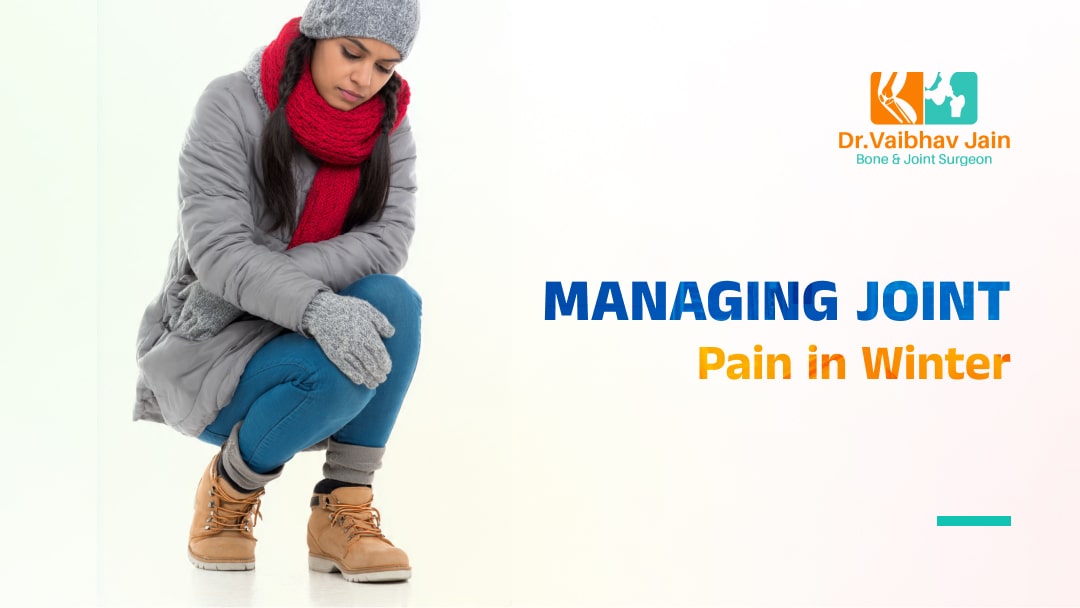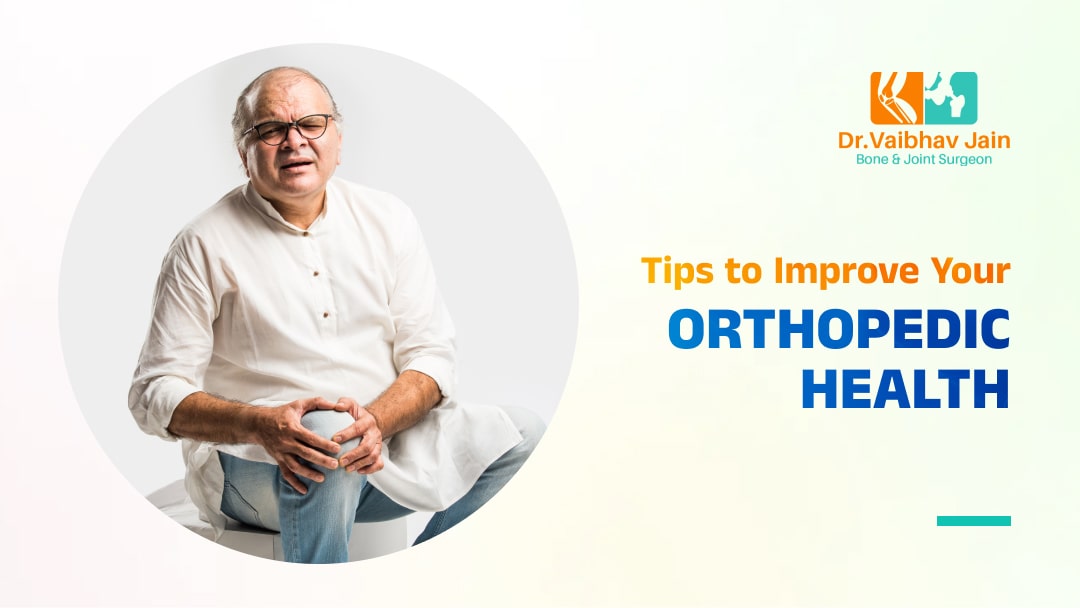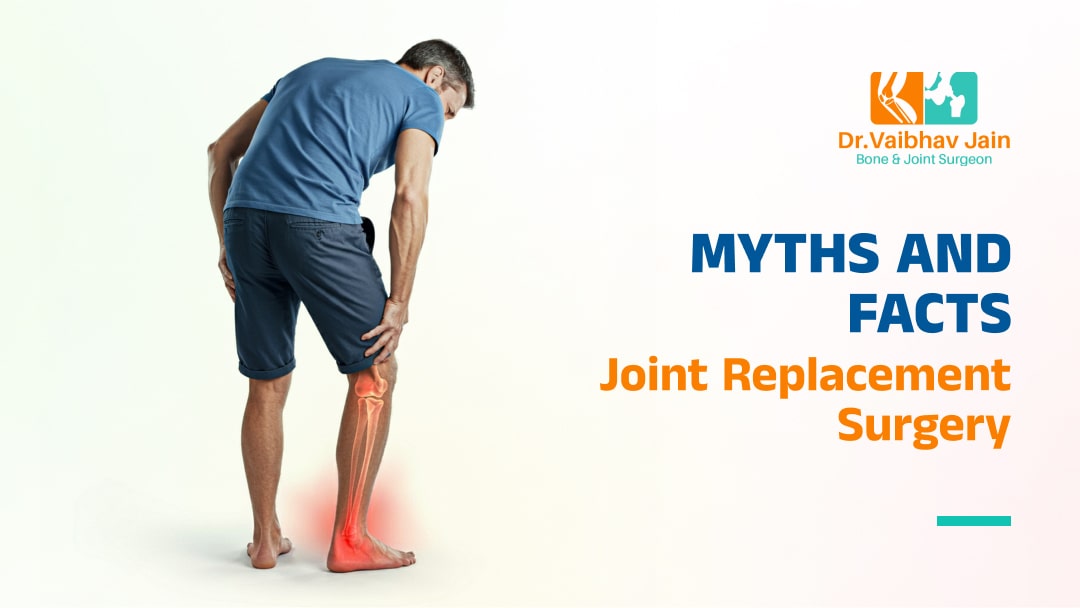Knee Osteoarthritis Treatment, Many people believe that physical activity and exercising will lower your risk of osteoarthritis. They believe that exercise will help to strengthen their bones and help to prevent arthritis in the future.
Studies have found that people who exercise have lower risk for knee osteoarthritis. But exercise is not a substitution for arthritis medications. You also shouldn’t exercise off osteoarthritis symptoms.
Talk to your doctor and arthritis specialists about the best medication options for you; especially if you already have arthritis. Consult the best doctor for Knee Osteoarthritis Treatment.
Though conventional wisdom says regular exercise can stave off knee osteoarthritis, a new study out of Germany’s Charite University Medicine found that there was no link between exercise and knee osteoarthritis.
Study senior author, Karin Michelsen, stated that “Our study did not support the hypothesis that increased physical activity is a risk factor for knee osteoarthritis.”
Risk Of Knee Osteoarthritis
Contrary to popular belief, physical activity does not increase your risk of developing knee osteoarthritis. In fact, recent studies have shown that people who are physically active have a lower risk of developing the condition.
The reason for this is that regular exercise helps keep your joints lubricated and reduces inflammation. This is important because inflammation is one of the key factors that contributes to the development of knee osteoarthritis. If you’re at risk of developing knee osteoarthritis, make sure to get regular exercise and reduce your exposure to harmful chemicals and pollutants.
One important way to reduce your risk of developing Knee Osteoarthritis is to maintain a healthy lifestyle overall. This includes eating a balanced diet, getting enough exercise, and avoiding tobacco smoke and excessive alcohol consumption. However, physical activity has long been considered a risk factor for knee OA.
Symptoms Of Knee Osteoarthritis
Here are some common symptoms:
- Loss of flexibility: When osteoarthritis develops, it hurts to bend or straighten your joints. Movement becomes difficult, and your joints feel stiff and achy.
- Bone spurs: These small, bony growths develop alongside the cartilage in your knee, ankle, or hip joint. As cartilage wears away over time, bone spurs develop to protect the bone from damage. Over time, these bone spurs can become painful.
- Bone erosion: As osteoarthritis progresses, the joint cartilage can wear away completely, leaving just bone to rub together. This can cause bone spurs to form. As bone erosion worsens,
- Joint damage: Osteoarthritis causes your joints to wear down and become weak. As the cartilage deteriorates, bone rubs against bone, causing damage to your joint. This can cause deformities
- Pain: You may develop mild to severe joint stiffness or weakness. Pain is usually localized and gets worse as you use the joint. Pain relievers may be prescribed to help treat the pain.
If you felt above symptoms consult a doctor and start Knee Osteoarthritis Treatment.
Causes Of Knee Osteoarthritis
A common misconception is that osteoarthritis is a normal part of aging. While arthritis most commonly affects older individuals, it can occur at any age.
Let’s take a closer look at some of the main causes of osteoarthritis.
- Obesity: The extra weight you carry around can cause added stress on your joints, particularly knee joints, and can cause arthritis in your knees.
- Injury: If your joints have been damaged in an accident, this can lead to osteoarthritis.
- Genetics: Osteoarthritis can be passed down from a parent to a child, due to genetics. For example, if your parents have arthritis, you may be at a higher risk of developing the condition.
- Being inactive: Being inactive puts less pressure on the joints of the body, so people who lead sedentary lifestyles are less likely to develop osteoarthritis than people who are active.
- Being overweight: Being overweight or obese places lots of extra stress on the knee joint. Over time, this stress can cause osteoarthritis to develop.
Osteoarthritis Affects Which Part Of Body?
Osteoarthritis can affect any joint in the body, but one of the most commonly affected joints is the knee.
The knee joint is made up of ends of the shin bone (tibia), top of the thigh bone (femur), lower end of the thigh bone (patella), and kneecap (patella). The ends of the shin and thigh bone fit together with cartilage in between.
Cartilage is the smooth, slippery material that cushions your bones and joints.
Cartilage is special because it has the ability to self-heal.
When you fall, for example, the cartilage inside your knee joint can repair itself in a matter of days or weeks.
However, the cartilage inside the knee joint cannot repair itself if damaged due to injury or overuse.
If the cartilage is damaged, it loses its ability to self-heal and start developing small cracks.
These cracks allow the joint to move smoothly. However, once the cartilage is damaged, it cannot repair itself. Over time, small cracks can enlarge and the cartilage can completely wear away.
At Nutshell
There is a common misconception that physical activity increases your risk of developing knee osteoarthritis. However, recent studies have shown that this is not the case. In fact, regular exercise can actually help to reduce your risk of developing the condition.
Knee osteoarthritis, also called OA, is inflammation of the articular cartilage in the knee. Ligaments and tendons of the knee also become inflamed.
More than 25% of men and women over the age of 40 have knee OA, and over 20% of those over the age of 65 have been diagnosed with knee OA.
Usually, knee OA causes pain and stiffness, and these issues are often worse in the morning. The knee begins to get worse as time goes by, and the joint becomes stiff, swollen, and sore to touch.
Thank you for reading. Before goes into serious stage, immediately starts Knee Osteoarthritis Treatment as per the doctor’s guidance.





